We have been ranked among the top robot movement software companies! But, there’s a lot of different types of software in the robotics industry.
How can you differentiate between all the different software packages?
How do you sift through the confusion?
Here at RoboDK, we were recently overjoyed to see ourselves named as one of the Top 5 Robot Movement Software companies in a ranking by StartUS Insights. The selection was made from a database of 181 robotics software companies. This is a real thumbs-up for our great piece of software.
Alongside us in Top 5 were companies with a wide range of focuses within robotics, including drone movement planning software, real-time reactive path planning, and mobile robot control.
There is a huge variety of different types of software available in the robotics industry.
It can be quite overwhelming to distinguish between them all and keep yourself up-to-date with the latest developments that are relevant to you and your needs.
How can you determine which type of software is best for you?
How to Cut Through the Noise and Find Which Software is Relevant
If you search for “robotics software” on Google, you will probably find yourself in front of a rather confusing set of search results.
At the time of writing, many of the search results lead you towards something called Robot Process Automation (RPA). This has nothing to do with programming physical robots.
Other results lead you specific robotics software packages, mostly those that come packaged with the particular brands of robot. Then, you’ll find a few of our blog posts too.
The problem is that there are many different types of robotics software. Some of these will be suited to programming your particular robots for your unique situation. Others will not.
When you’re considering which software to get for your robot, you need to be a bit more specific about what type of software you’re looking for.
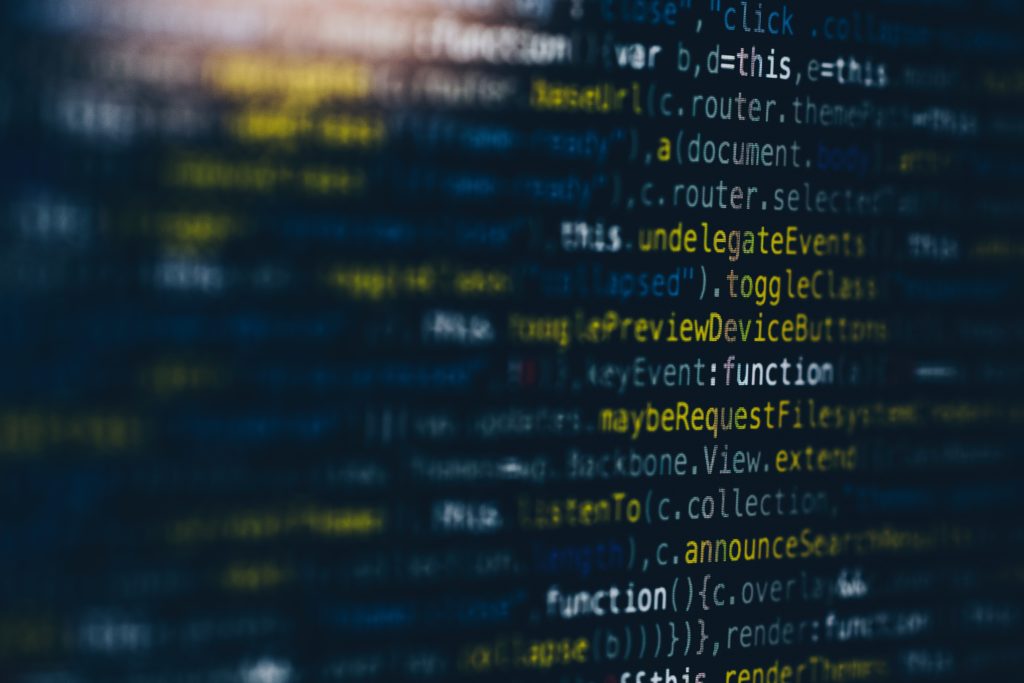
9 Types of Robotics Software You Might Consider for Your Robot
To help you to cut through the noise and hone in on the right software for you, here are some of the types of robotics software that you might encounter in the market:
1. Offline Programming
The category of software that is most dear to our hearts here at RoboDK. Offline programming software provides a way for you to program your industrial robot without needing to be physically connected to the robot. This means that you don’t need to take the robot out of production to program it. It reduces downtime, improves the quality of programming, and allows you to change between product lines quickly, amongst other benefits.
The offline programming market is quite fractured, with packages often tied into individual robot brands. Then, there is offline programming software that can be used with any robot brand, like RoboDK.
2. Simulators
Robot simulators come in many forms. Some only allow for simple 2D simulation of specific aspects of robotics whilst others include 3D simulation with complex physics engines and realistic environments. If you wanted to, you could spend a lot of time testing all the many different simulation packages available. Unfortunately, it’s difficult to tell from a promotional video how easy a simulator is to use. You have to go out and test it for yourself.
As well as being an offline programming tool, RoboDK is also a great simulator. It is simple enough to allow you to easily program your robot whilst being powerful enough to handle many different use cases.
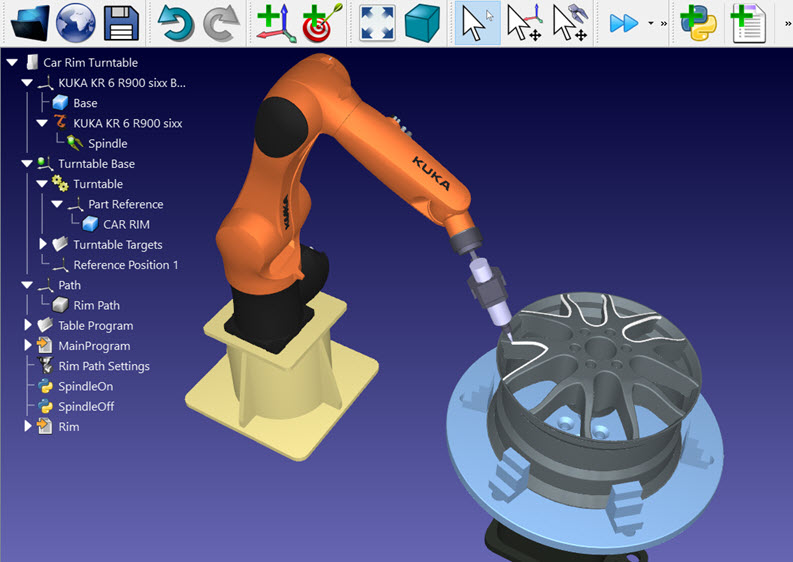
3. Middleware
One of the most misunderstood types of robot software is middleware — the most popular being ROS (Robot Operating System). Robot middleware provides a framework for running and managing complex robotic systems from a single unified interface.
As some people describe it, middleware is the “software glue” that helps robot builders to avoid reinventing the wheel when they are designing a new robotic system.
You probably wouldn’t use middleware to control a single robot on a production line. However, if you were building your own robotic system with multiple components or looking to coordinate multiple robots, you might use middleware to make your life a bit easier during the R&D phase.
4. Mobile Robot Planning
Mobile robots are programmed in a different way from other robots which means using a different type of software too. For example, path planners are used to program the route that the robot will take through the environment. While obstacle avoidance algorithms react to changes in the moment.
There are a lot of interesting software tools available for mobile robot programming, ranging from warehouse logistics to autonomous vehicles.
5. Real-Time Path Planning
Path planning software is used in many areas of robotics. Basic path planners, like our PRM feature, are simply used to speed up the programming phase for industrial robotics.
Real-time path planning is much more complex than basic path planning. It involves continually updating the program to respond to changes in the environment. These allow the robot to be reactive but can also make the robot more unsafe.
Software companies who specialize in real-time path planning tend to focus their efforts on a single type of robot, like humanoid robotics, mobile robotics, or robotic arms.
6. UAV (Drone) Control
A growing type of robotic software is drone control. This refers to any software which is used to program and coordinate unmanned aerial vehicles (UAVs/drones).
There have been a growing number of application areas for drones over the last decade. For example, with drones now used in agriculture, inspection, and security. Software for drones tends to focus on particular application areas or aspects of drone control (e.g. data collection, image analysis, mapping etc).
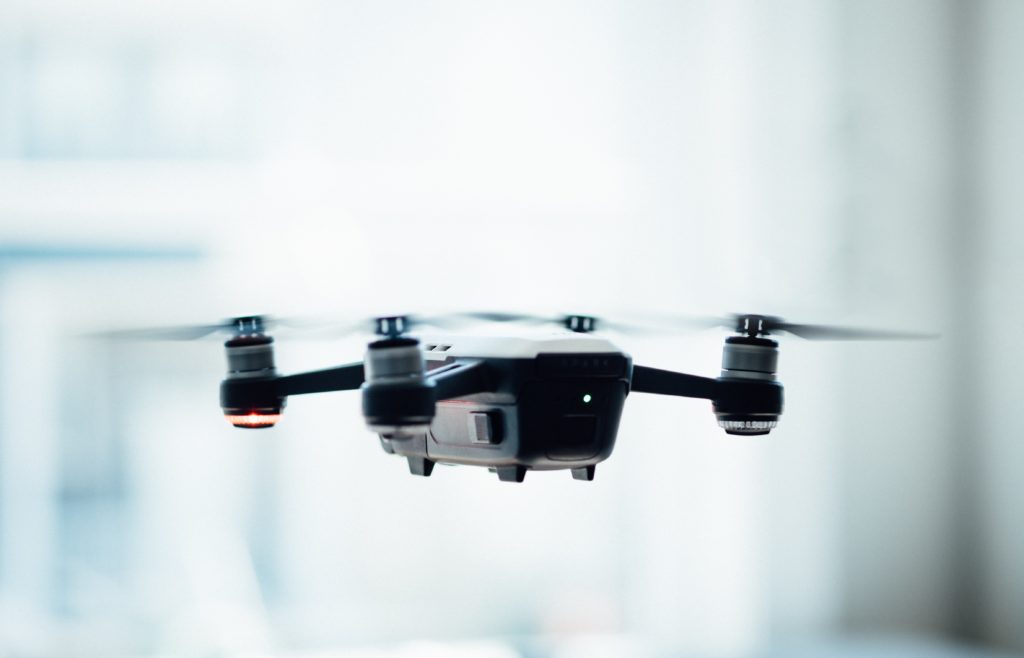
7. Artificial Intelligence for Robots
Artificial intelligence (AI) has been used with robotics for many years — almost as long as robotics have been around. However, there has recently been a rising number of software solutions. Specifically for using AI with robots in particular application areas. As with the other types of robot software, AI tends to be focused on specific aspects of these applications, such as analyzing images collected in agricultural settings, filtering operational data in manufacturing environments, or coordinating swarms of mobile robots in logistics.
Which Software Is Best for You?
As you can probably see, there is a huge range of types of robot software. If you’re looking for software for a particular robot application, it’s worth being very specific about what you are looking for.
For example, you will be much more successful if you search for terms like “offline programming for robotic machining” than just “industrial robot programming.”
And, as I said above, one of the best ways to determine if a particular piece of robotic software is right for your needs is to try it out for yourself.
What type of robot application are you looking to program? Tell us in the comments below or join the discussion on LinkedIn, Twitter, Facebook, Instagram, or in the RoboDK Forum.

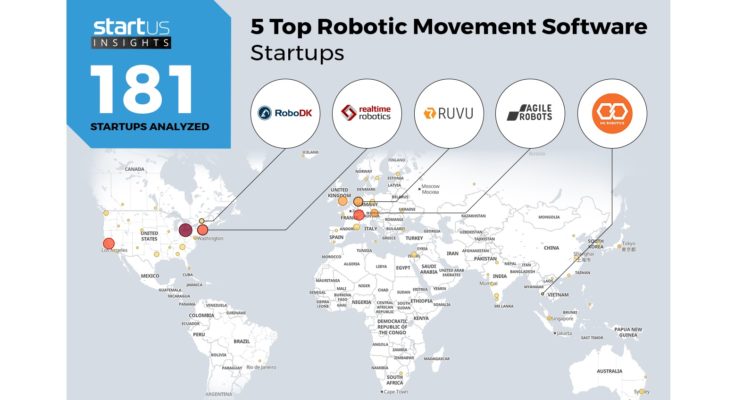
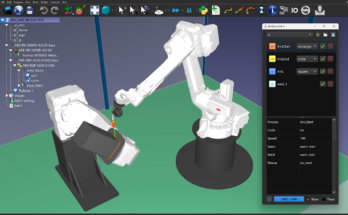
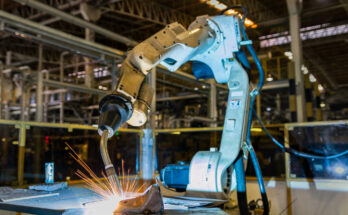
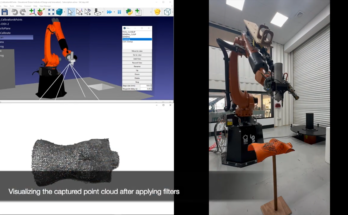
cool